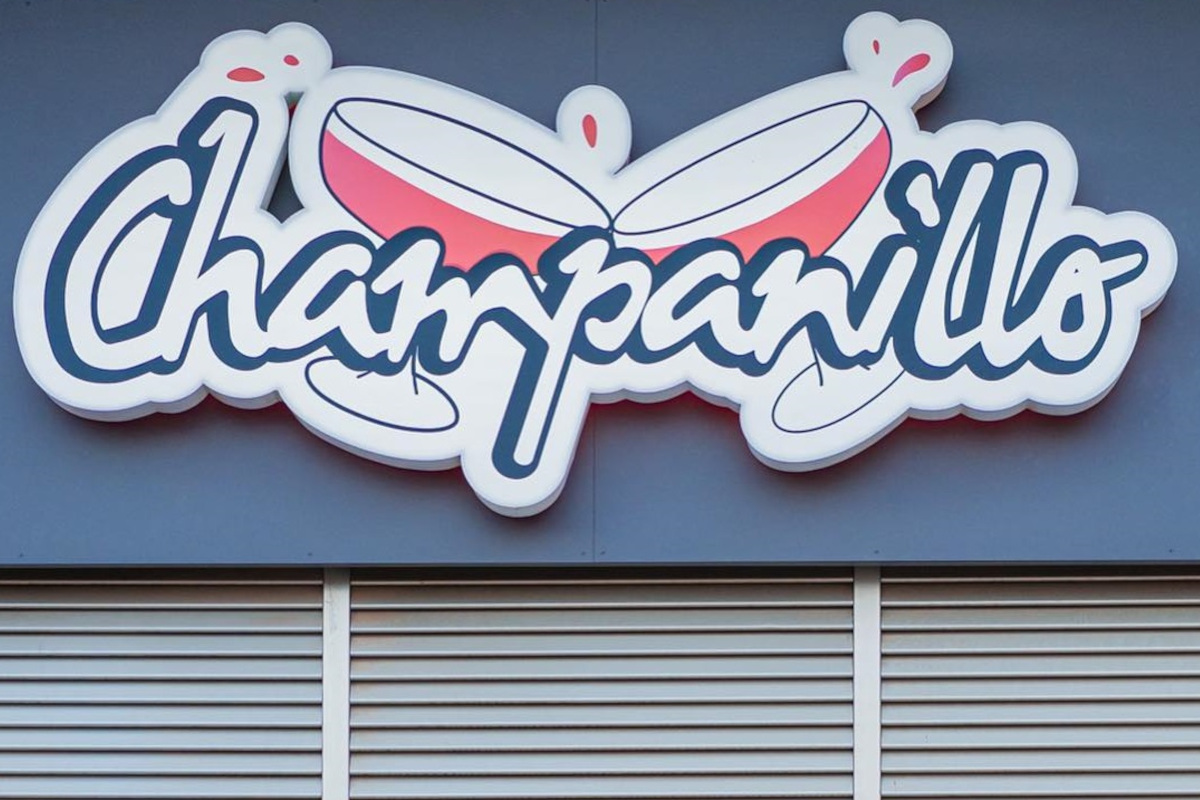
The EU Court of Justice has ruled on the dispute between France and Spain over the term “Champanillo”, stating that the EU regulation protects Geographical Indications in all respects. Above all, it established that there can be an evocation of a PDO or PGI product even when, being products of similar appearance, there is a phonetic and visual affinity between the GI and the contested sign.
The landmark ruling refers to the case of the GB group, which owns tapas bars in Spain and uses the sign Champanillo to designate and promote its premises. In the advertisements, they use a graphic medium depicting two cups filled with a sparkling drink. The Comité Interprofessionnel du Vin de Champagne (CIVC), a body for the protection of the interests of champagne producers, had asked the Spanish courts to prohibit the use of the term champanillo (which means “little champagne” in Spanish) as it would be an infringement of the protected designation of origin (PDO) that is Champagne wine.
A TOTAL PROTECTION FOR GEOGRAPHICAL INDICATIONS
The Court held that the regulation protects GIs from conduct relating to both goods and services. In fact, the regulation is essentially intended to guarantee to consumers that agricultural products bearing a registered Geographical Indication have, because of their provenance from a specific geographical area, certain particular characteristics. They thus offer a guarantee of quality due to their geographical origin, in order to enable farmers who have made a genuine effort to improve quality to obtain better earnings in return. This also means preventing third parties from taking unfair advantage of the reputation deriving from the quality of these products.
Moreover, according to the Court, the regulation contains no indication that protection against any evocation is limited to cases where the goods designated by PDO/PGI and the goods or services for which the sign at issue is used are “comparable” or “similar”. The notion of evocation extends in fact to the hypothesis in which the sign used to designate a product incorporates a part of a Geographical Indication so that consumers be led to have in mind, as a reference image, the goods benefiting from said Indication or Denomination. The evocation can however result even only from a “conceptual closeness” between the protected denomination and the sign used.
